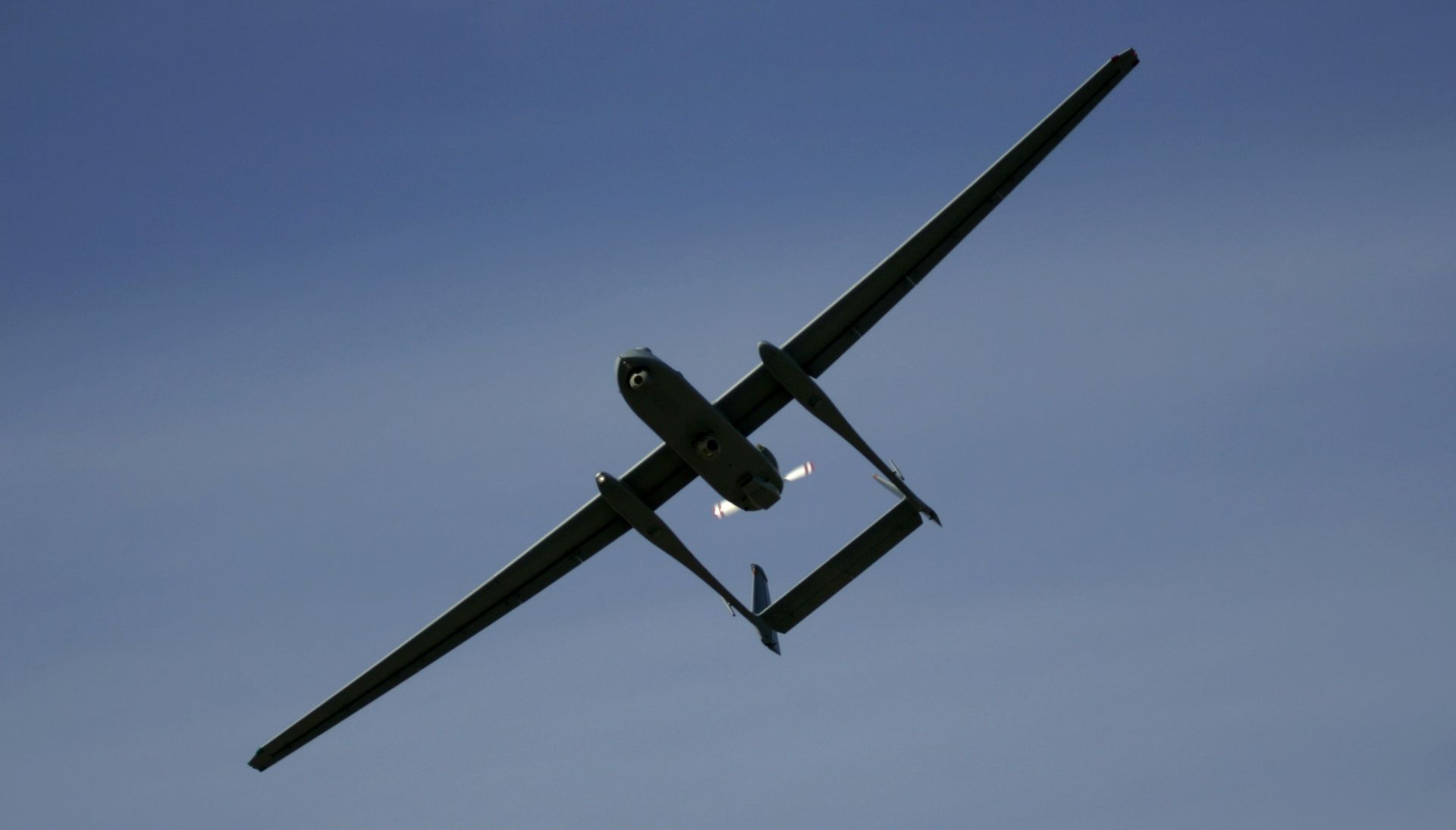Recently, foreign media has been stirring up rumors with headlines like “Saudi Arabia fully intends to purchase 12 Type 052D ships, negotiations underway, worth $12 billion,” hyping the potential export of Chinese 052D missile destroyers. Previously, the U.S. military website Tactical Report had claimed that Saudi Arabia was preparing to buy 12 Type 052D destroyers from China. However, these reports were later deemed unsubstantiated by observers.
When the Navy’s Type 052D missile destroyer “Nanning” participated in the “Abu Dhabi Airshow” in the UAE last year, it indeed attracted high attention from military forces in the Middle East. Currently, only China has the capability to produce large-scale phased-array missile destroyers so effectively and affordably.
During its public appearance at the “Abu Dhabi Airshow,” the plaque on the Type 052D missile destroyer “Nanning” displayed astonishing information, openly stating the performance data of the HQ-9B ship-to-air missile and the YJ-18 anti-ship missile. The YJ-18 anti-ship missile has a maximum range of 600 kilometers, while the HQ-9 ship-to-air missile has a range of 200 kilometers.
The YJ-18 missile weapon system is versatile, with three variants: ship-launched, submarine-launched, and land-based. Additionally, submarine-launched and ship-launched long-range anti-ship missile derivatives have been developed. Currently, it is equipped on Type 052D destroyers, Type 09III (A/B) attack nuclear submarines, and Type 055 large missile destroyers. The missile is over 8 meters long, with a weight exceeding 2 tons, making it a heavyweight anti-ship missile with immense destructive power.
Initially designed as a submarine-launched anti-ship missile, the YJ-18 boasts leading international performance metrics and is considered a heavyweight missile weapon. It was later modified for installation on missile destroyers, employing vertical launch alongside the HQ-9B ship-to-air missile system. Additionally, the YJ-18 is mounted on launcher vehicles, developing a land-based variant.
The YJ-18 belongs to a category of sub-hypersonic anti-ship missiles. Its “sub-hypersonic” feature means that the missile cruises at subsonic speeds in mid-flight but switches to supersonic speeds by shedding its subsonic cruise engine in the terminal attack phase. This design balances range and penetration capabilities.
For cruise-type anti-ship missiles flying close to the sea surface and executing sea-skimming penetration, there is a significant contradiction between longer range and faster speed indicators, which are nearly irreconcilable. This has been a headache for missile designers.

Under similar range conditions, the fuel consumption of cruise-type anti-ship missiles flying at 0.8 times the speed of sound is only one-tenth of that when flying at three times the speed of sound. When flying at supersonic speeds, anti-ship missiles face greater air resistance, requiring them to withstand significant aerodynamic pressure, resulting in higher structural strength requirements and greater fuel consumption for supersonic missiles.
For example, China’s subsonic sea-skimming anti-ship missile YJ-83, weighing less than 600 kilograms, achieves a range of over 280 kilometers. In contrast, the 3M80 “Moskit” supersonic anti-ship missiles carried on the imported “Modern” class destroyers from Russia weigh a total of 4 tons, equivalent to seven YJ-83 missiles. When flying at a low ballistic sea-skimming trajectory at Mach 2.3, the maximum range of the 3M80 missile is only 120 kilometers.
Later, missile designers proposed the concept of a “sub-hypersonic combination” anti-ship missile. Designed according to this concept, the YJ-18 anti-ship missile uses a small turbofan engine as its power source for most of its mid-flight cruising segment, which is very fuel-efficient. It can autonomously cruise at ultra-low altitudes according to pre-loaded or mid-course revised complex flight paths, with a maximum cruising speed of approximately 0.8 to 0.9 Mach. When the missile reaches a distance of about 30 to 40 kilometers from the target, it discards the rear section of the cruise segment and then initiates a solid rocket motor for terminal sprint, accelerating the missile to over Mach 3 for supersonic penetration, thereby possessing a high probability of penetration and hit accuracy.
A few years ago, the Science and Technology Daily reported that the YJ-18 submarine-launched missile won the National Science and Technology Progress Special Award, claiming that it is currently the world’s longest-range (600 kilometers), lowest-altitude (less than 8 meters) cruise-type anti-ship missile with the strongest penetration capability (sub-hypersonic combination), and there is no rival.
Although the YJ-18 anti-ship missile is based on the Russian 3M54E “Club” missile, it has evolved beyond the “Club” missile. The performance of the YJ-18 far surpasses that of the 3M54E “Club” missile. The YJ-18 anti-ship missile adopts a more advanced sustained engine, a longer and larger fuselage fuel tank, a more sophisticated command and control system, and a better warhead navigation system than the Russian-made “Club” missile.
The Science and Technology Daily described the range of the YJ-18 anti-ship missile as “unexpectedly far,” with a range three times that of the 3M54E “Club” anti-ship missile and over 100 kilometers longer than the range of the U.S. “Harpoon” BGM-109B missile. Finally, it’s been confirmed.




















Discussion about this post